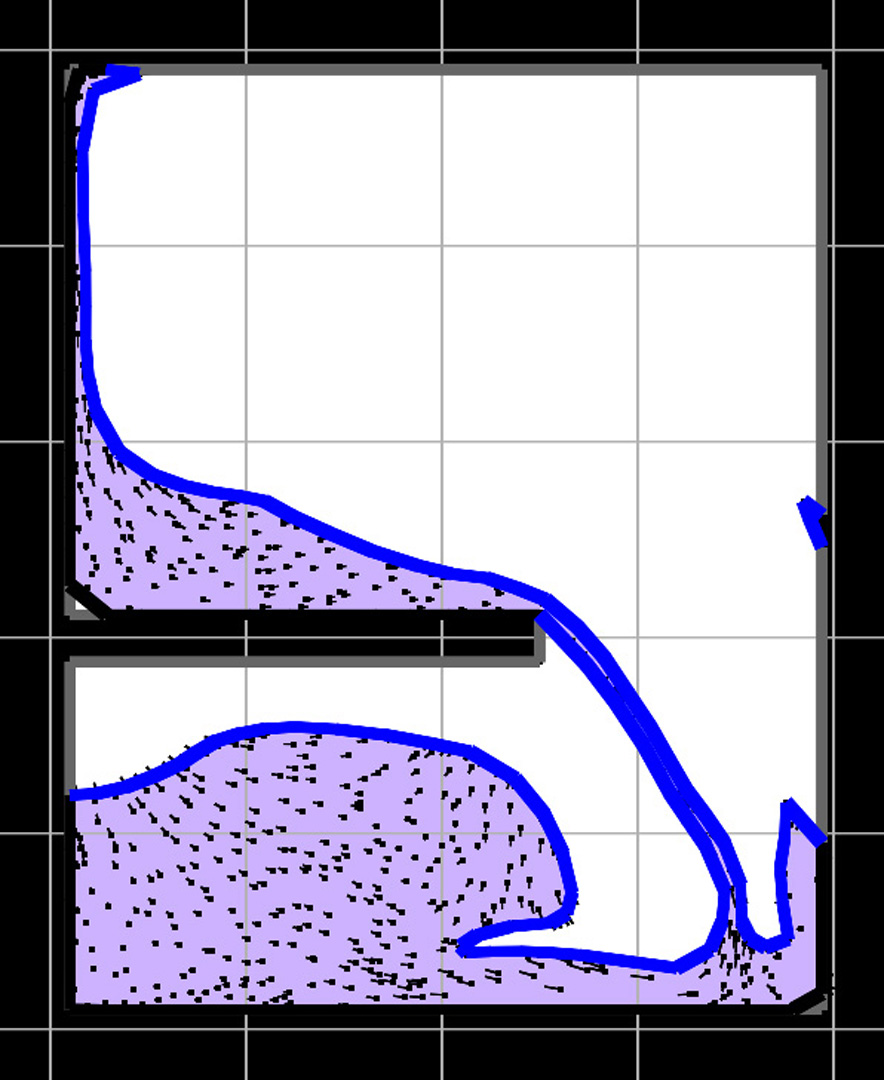“Fine Water with Coarse Grids: Combining Surface Meshes and Adaptive Discontinuous Galerkin” by Edwards and Bridson
Conference:
Type(s):
Entry Number: 44
Title:
- Fine Water with Coarse Grids: Combining Surface Meshes and Adaptive Discontinuous Galerkin
Presenter(s)/Author(s):
Abstract:
Simulating water for visual effects demands a high resolution surface with precise dynamics, but a fine discretization of the entire fluid volume is generally inefficient. Prior adaptive methods using octrees or unstructured meshes carry large overheads and implementation complexity. We instead show the potential of sticking with coarse regular Cartesian grids, using detailed cut cells at boundaries, and introducing a p-adaptive Discontinuous Galerkin (DG) method to discretize the pressure projection step in our fluid solver. This retains much of the data structure simplicity of regular grids, more efficiently captures smooth parts of the flow, and offers the flexibility to increase resolving power where needed.
References:
1. Brochu, T., and Bridson, R. 2009. Robust topological operations for dynamic explicit surfaces. SIAM J. Sci. Comput. 31, 4, 2472–2493.
2. Cockburn, B., Kanschat, G., and Schötzau, D. 2005. The local Discontinuous Galerkin method for linearized incompressible fluid flow: a review. Computers & Fluids 34, 4, 491–506.
3. Kaufmann, P., Martin, S., Botsch, M., and Gross, M. 2009. Flexible simulation of deformable models using Discontinuous Galerkin FEM. Graphical Models 71, 4, 153–167. Special Issue of ACM SIGGRAPH/Eurographics Symp. Comp. Anim. 2008.





